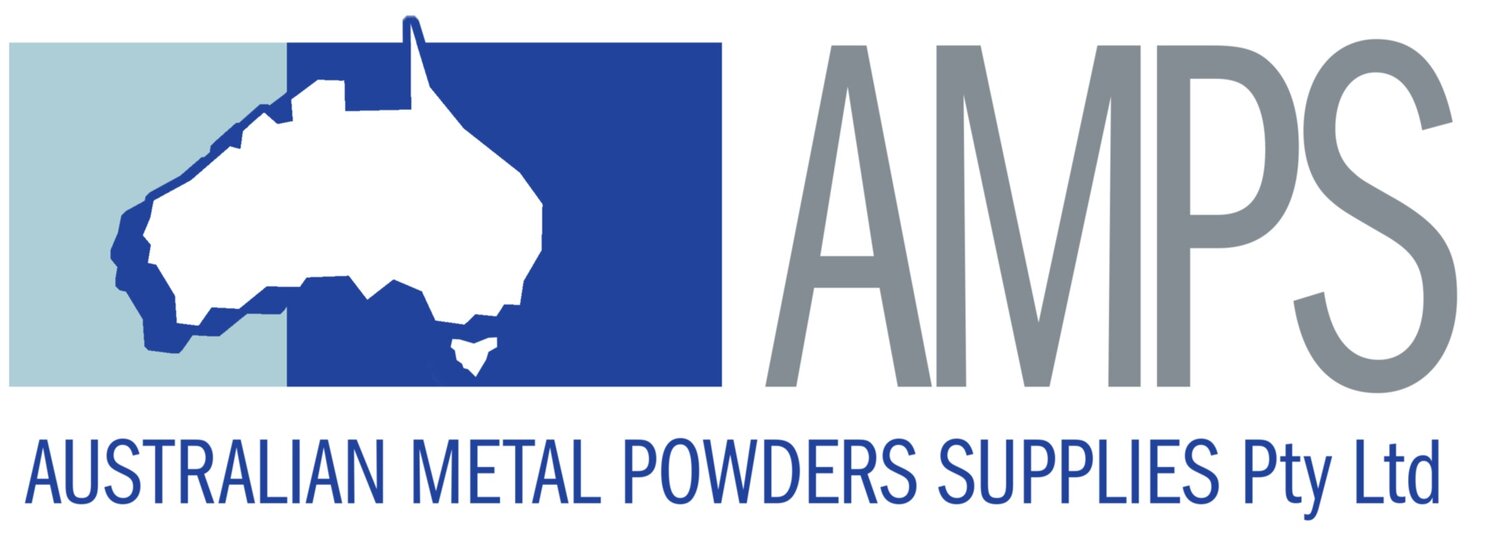Thermal Spray Powders
Australian Metal Powders Supplies represents Höganäs who is a world leader on the market for iron and metal powders with a yearly capacity of 500,000 tons.
Höganäs produces a full range of nickel-iron and cobalt–based atomised powders. These grades are developed for the specific needs of a given thermal surfacing equipment and application.
Höganäs also produces the Amperit® range which are thermal spray powders containing carbides and are used to create wear-resistant coatings. The carbidic hard phase embedded in a ductile metal matrix gives layers a tremendous amount of hardness and excellent wear resistance. Thermal spray powders are well-suited for any product subjected to abrasion, erosion and wear.
PTA (Plasma Transferred Arc) Welding
PTA (Plasma Transferred Arc) welding is a process which can be highly automated. It utilises a combined arc/plasma stream to form a limited melt on the work piece surface. A low base metal dilution with a small heat affected zone and a dense uniform coating is achieved.
A wide range of user-specific consumables are possible. This process has found extensive use in high-volume automated applications such as the thermal surfacing of exhaust valves. Deposition rates up to 12 kg/ hour are possible, with surfacing thickness from 1– 6 mm.
Laser Cladding
Laser cladding is a surface welding method that enables a metallurgical bonding with the base material substrate, like in case of PTA surface welding. The overlays can be applied to most Fe and Ni based substrates with some exceptions.
A high energy laser beam creates an intense heat input and thus alloys are bonded to the surface with a low degree of dilution (<5%). Laser cladding can be fully automated and thus once the parameters are fixed for a certain design, consistent final results are achieved for all parts.
There are a number of different powder options that Hoganas offer including: Nickel Based powders, Cobalt Based powders, Iron based powders, Carbies and blended powders.
Plasma and HVOF
Plasma spraying employs a technique essentially similar to flame spraying. It differs in that the flame comprises an electrically excited plasma of high velocity and temperature (≈15,000°K), permitting a denser coating (95-98%). Deposition rates are from 2–8 kg/hour, and surfacing thickness ranges from 0.1–2.5 mm.
HVOF (High-Velocity Oxy-Fuel) spraying combines velocities up to 700 m/s and higher with moderate temperatures. This process provides a very dense coating (> 97%). Deposition rates are up to 9 kg/hour, and coating thickness from 0.05–1 mm. There are a range of powder options including Co, Fe, Ni based powders plus carbides.
Flame Spraying
Flame spraying is a two-step method using so called self-fluxing powders. The powder is fed into the flame forming semi-molten particles and are accelerated towards the substrate surface. The particles form a mechanical bond which has to be fused in order to get a good bonding and a dense coating up to 99% density. For the fusing, a standard Oxy-Acetylene torch or induction can be used. Flame-spraying is ideal for coating cylindrical parts like bottle neck plungers and steel transport rollers. Deposition rates are from 1-9kg/hour.
Powder Welding
Powder welding is a manual method using a standard oxy-acetylene torch. The self-fluxing powder is fed into the flame from an attached hopper. Typically, deposition rates from 0,5-2,5kg/hour are possible. Smooth and dense coatings are achieved. The process is particularly suitable for the surface coating of cast iron glass moulds and the repair of different machined parts.





